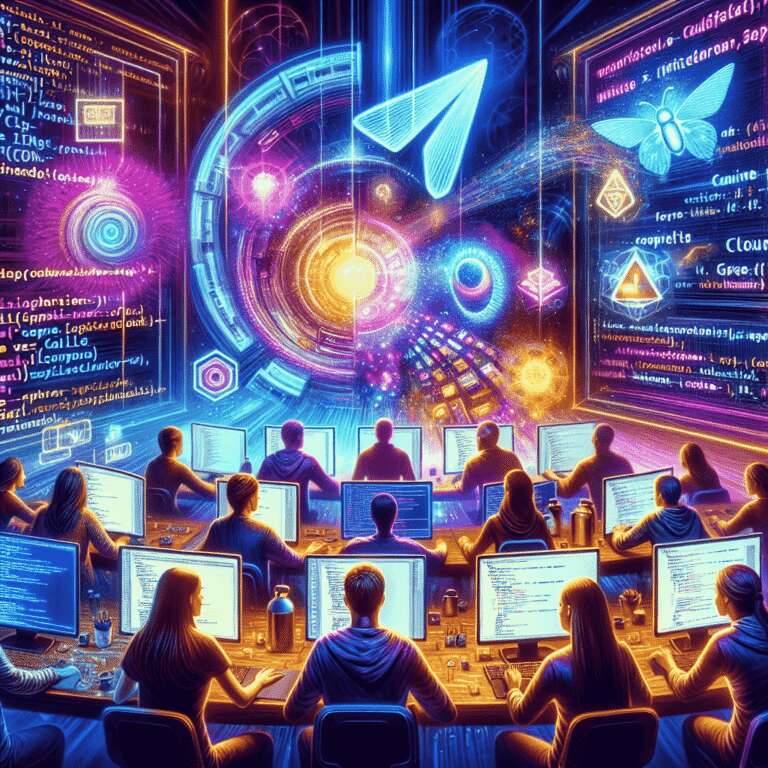Vibe coding has recently emerged as a buzzword among developers and technology enthusiasts, popularized when OpenAI cofounder Andrej Karpathy described a fluid, improvisational approach to software development powered by Artificial Intelligence assistance. Rather than meticulously crafting every line, vibe coding encourages users to ´give in to the vibes,´ relying heavily on AI-powered coding assistants to generate and iterate code with minimal intervention. This approach emphasizes rapid prototyping and experimentation, often allowing developers—even those with minimal experience—to see projects come to life by simply describing what they want and adopting or refactoring the machine´s output.
While the concept feels novel, its foundation lies in the recent improvements of generative code tools like ChatGPT, Claude, Gemini, and specialized assistants such as GitHub Copilot and Cursor. These platforms can now provide comprehensive code suggestions, refactor entire files, and even generate new project components in response to natural language prompts. As Barron Webster from Sandbar notes, the remit of what machines can autonomously achieve in software generation is continually expanding, making code creation more accessible and less technical for a broader audience.
However, not all coding with Artificial Intelligence qualifies as vibe coding. The hallmark of true vibe coding is a hands-off, trust-driven interaction—accepting the AI´s suggestions without rigorous checking or immediate manual corrections. This brings both enticing ease and significant risk, particularly for amateurs or for projects demanding security and robustness. Examples abound of projects built using vibe coding that, although quickly realized, revealed vulnerabilities or instability when exposed to real users or adversarial testing. Experts caution that while vibe coding excels for prototyping, small games, or simple web applications, it is ill-suited for systems requiring stringent security, complex data manipulation, or reliability without expert oversight. Despite these limitations, the trend illustrates a democratization of software creation, as Artificial Intelligence tools become more powerful and mainstream, dramatically lowering the barriers to entry while simultaneously forcing a re-evaluation of best practices in coding for the future.

